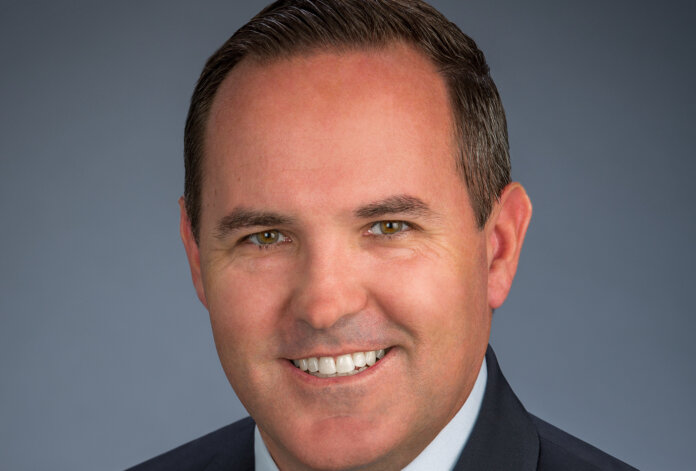BLOG VIEW: Today’s borrower expects the mortgage experience to be timely, customized and digital. So much so that 63% of consumers feel an online mortgage process would be easier than an in-person process, according to ICE Mortgage Technology’s 2020 Borrower and Lender Insights Survey.
To engage with this growing group of digital nomads, you’ll need to offer a personalized, consumer-direct lending experience through the devices and communications channels of their preference. Luckily, standing up an intelligently automated, omnichannel borrower journey capable of scaling to your needs is no longer the herculean lift that it was just years ago. Thanks to advances in marketing automation technology, it’s easier than ever to enhance the customer experience and drive scalable growth in a matter of weeks.
Here’s a look at consumer direct lending challenges and mortgage CRM and marketing automation capabilities that will help you scale your business through this growing lending channel.
Consumer-Direct Challenges: Variable Demand and Personalized Service
One of the largest challenges facing consumer direct lenders is scaling to wildly variable demand. For instance, last spring, when record-low mortgage rates were making mainstream headlines, consumers Googled for refis in huge numbers flooding consumer-direct lines of business everywhere. Lenders that did not have automated marketing capabilities in play to catch that demand either had to let some of it go unanswered (i.e., turn away business) or hire and fire en masse in accordance with volume fluctuations. Embracing marketing automation technology can give lenders the leverage needed to scale their business on a dime.
Building relationships and offering personalized service from afar is another consumer direct lending challenge that can be addressed by a competent mortgage CRM and marketing platform. The right marketing technology helps consumer-direct channels communicate faster with new leads through personalized automated workflows, freeing up more time for loan officers (LOs) to originate so lenders can scale to meet demand while keeping overhead costs low.
Evaluating Your CRM With Consumer-Direct in Mind
A powerful mortgage CRM is the foundation for a booming consumer direct lending channel.
For starters, a mortgage CRM fit for consumer direct lending should be equipped with rule-based automated campaigns capable of funneling prospects, managing leads and executing in-process and post-close workflows. These automated workflows assist lenders in efficiently moving borrowers through pipelines and keeping pull-through rates.
Also, the ability to qualify leads is crucial when tapping into direct-to-consumer lending. Because the initial contact is not in person, it can be difficult to determine how serious the lead is. Having a CRM that can score leads saves LOs time and allows for accurate prioritization.
Additionally, an effective consumer-direct CRM should include a compliant out-of-the-box content library. Having content at the ready allows loan officers to get the most out of automated workflows. It also saves LOs time educating first-time borrowers and answers common questions. According to a 2020 National Association of Realtors (NAR) report, 93% of borrowers research the homebuying process online. Having a content library within your CRM makes your service sticky for information-hungry borrowers.
A powerful mortgage CRM should also have the capabilities to retain past borrowers through market re-entry alerts, equity alerts, credit improvement alerts and the necessary technology to help loan officers uncover additional loan opportunities. Despite record volumes last year, borrower retention remains at a dismal 24%, according to Black Knight’s January 2021 Mortgage Monitor. There’s plenty of room for improvement on borrower retention, and a CRM with these capabilities allows LOs to get the most out of every lead.
Lastly, lenders looking to enter the direct-to-consumer channel need a CRM that supports customized, omnichannel communication with borrowers by enabling lenders to communicate with borrowers across text, phone, email, video, social platforms and strategic direct mail.
Ultimately, these tools within a CRM equip lenders with a toolbox that can handle every possible lead while enabling them to get the most out of their time. Automated workflows, omnichannel communication, compliant content libraries and past borrower alerts sets consumer direct lenders up for success. Save time and money by investing in a powerful CRM that can manage content creation, lead generation and borrower retention all in one. The right CRM can do the heavy lifting.
Rick Webster is vice president of client strategy at Top of Mind (now a part of Black Knight), where he advises lender clients on marketing strategy.












Good point—mortgage marketing automation helps insulate lenders from hiring swings as the market fluctuates